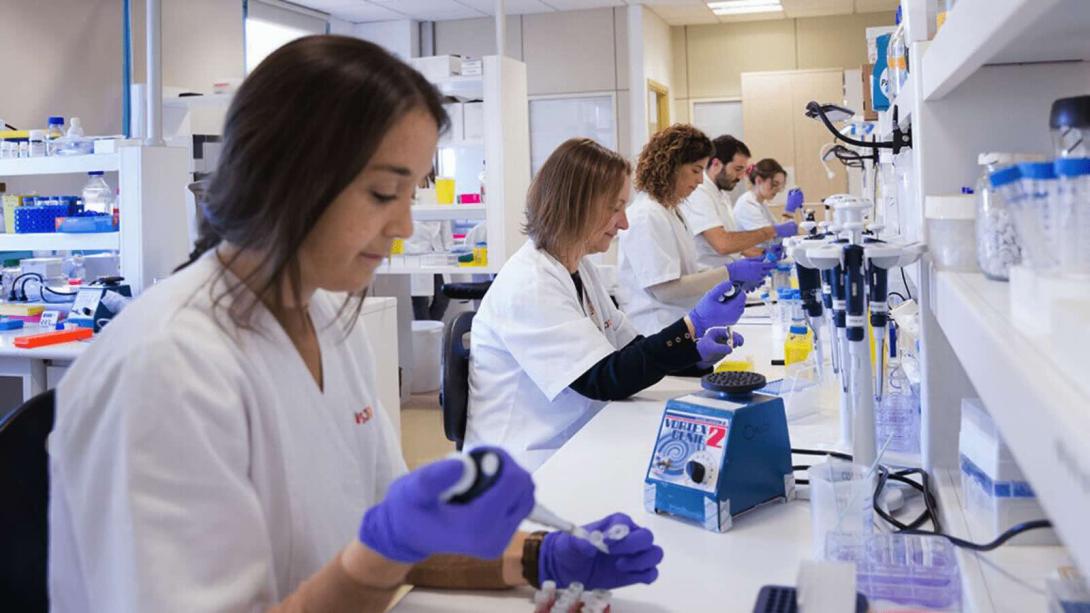SJD researchers publish the results of the latest generation immunotherapy treatment for neuroblastoma

These results demonstrate that treatment with the humanized anti-GD2 antibody Naxitamab is a possible pathway for treat and therefore should continue to be investigated.
Researchers of SJD Barcelona Children's Hospital and of Institut de Recerca Sant Joan de Déu (IRSJD) have published the results of treatment with the humanised anti-GD2 antibody Naxitamab (DanyelzaR) combined with granulocyte-macrophage colony-stimulating factor (GM-CSF; LeukineR) in high-risk neuroblastoma patients in full remission after induction therapy (chemotherapy and surgery), demonstrating an overall survival (OS) at 3 years of over 90%.
Neuroblastoma is the most frequent tumour in the first 5 years of life. While at present the treatment of high-risk neuroblastoma continues to be one of the major challenges faced by childhood oncology specialists, the development of next-generation anti-GD2 immunotherapy has succeeded in breaking through what had been impenetrable barriers, allowing the long-term survival of relapsing patients or those with a refractory disease, something that had previously been impossible.
"Using immunotherapy, we teach the patient's immune system to recognise and eliminate the neuroblastoma cells ‒ real experts at evading the immunosurveillance system, meaning that the tumour will have less chance of success when it tries to reactivate itself", says Dr Jaume Mora, scientific director of the SJD Pediatric Cancer Center Barcelona and coordinator of the IRSJD Pediatric Cancer programme.



